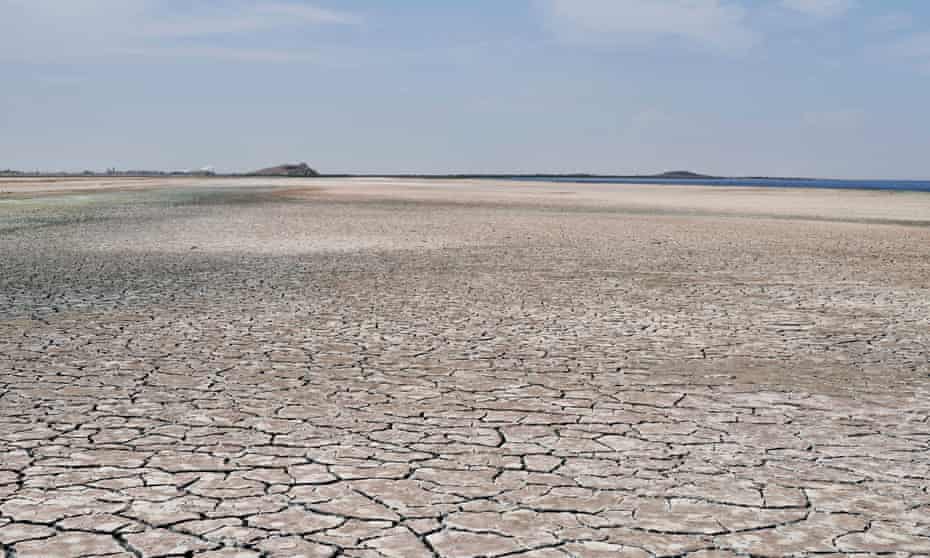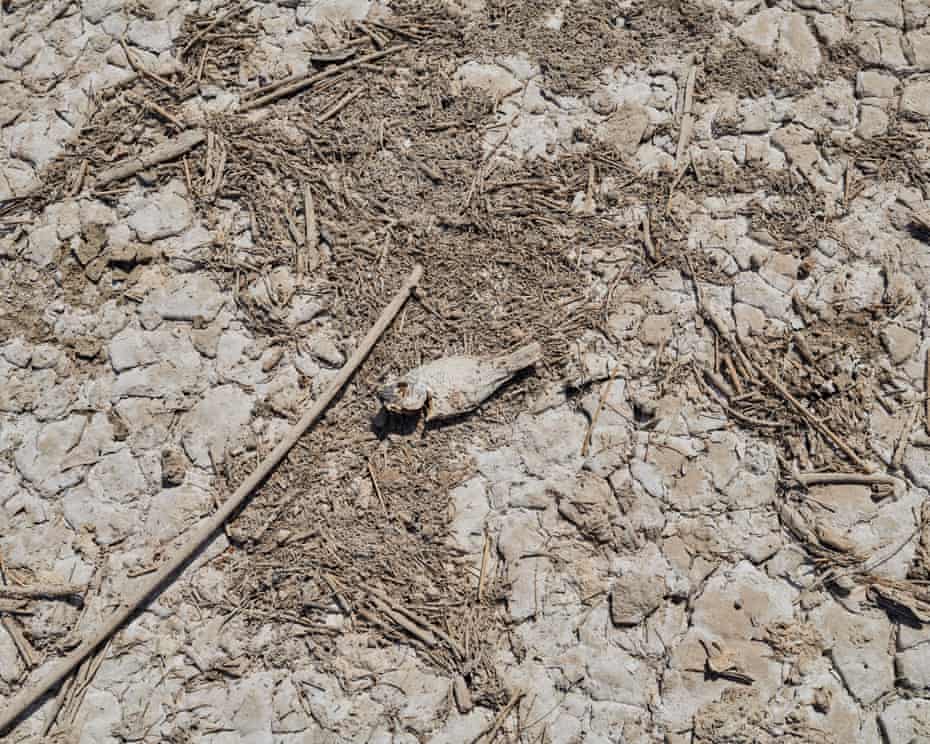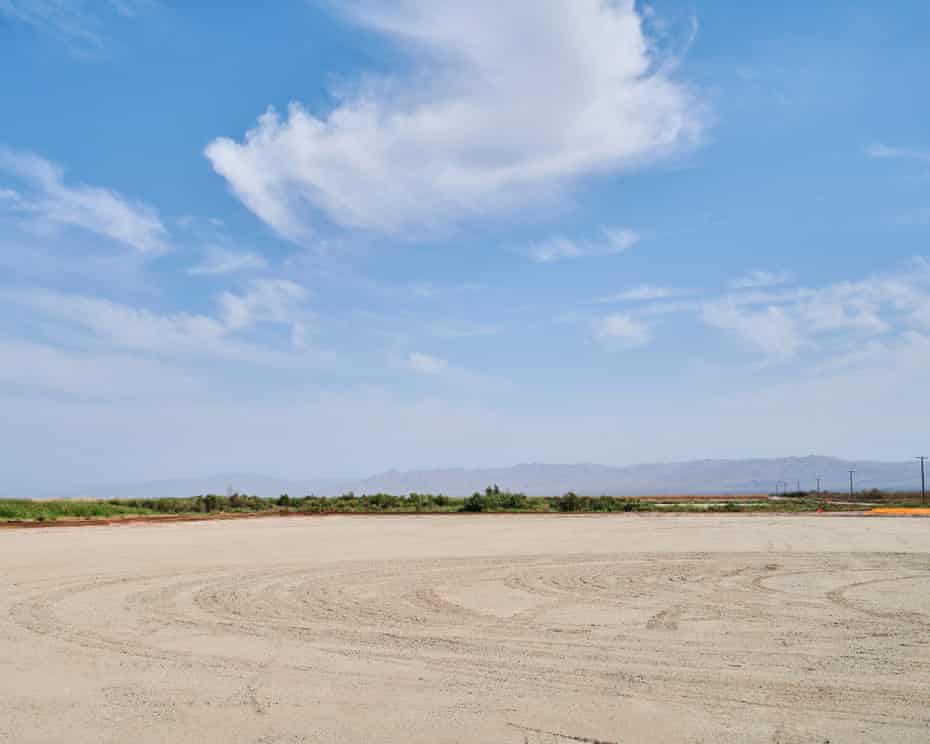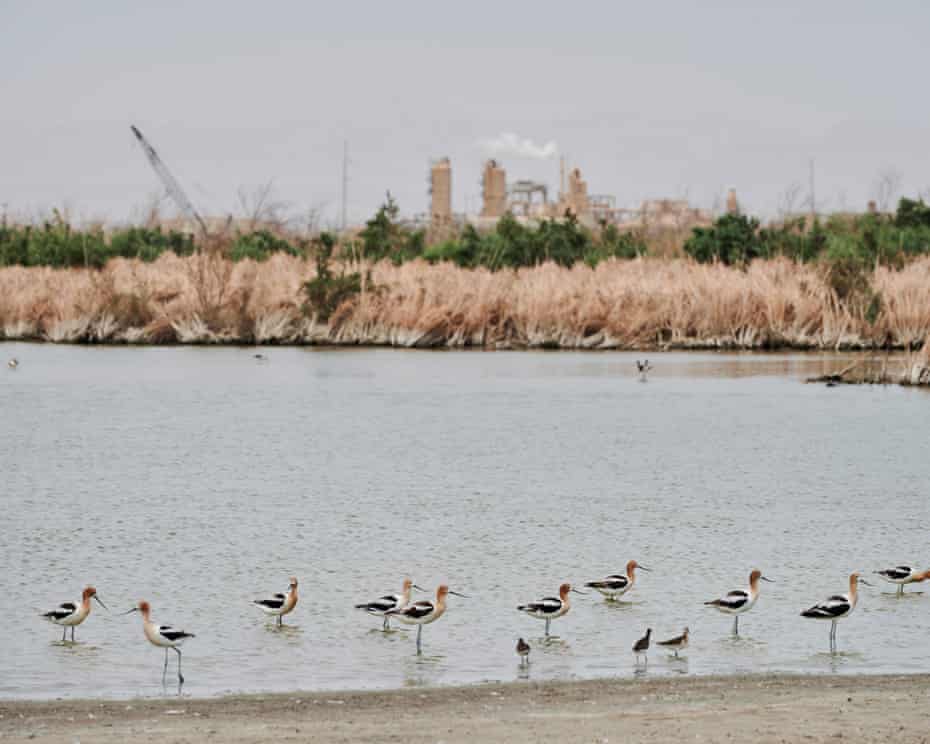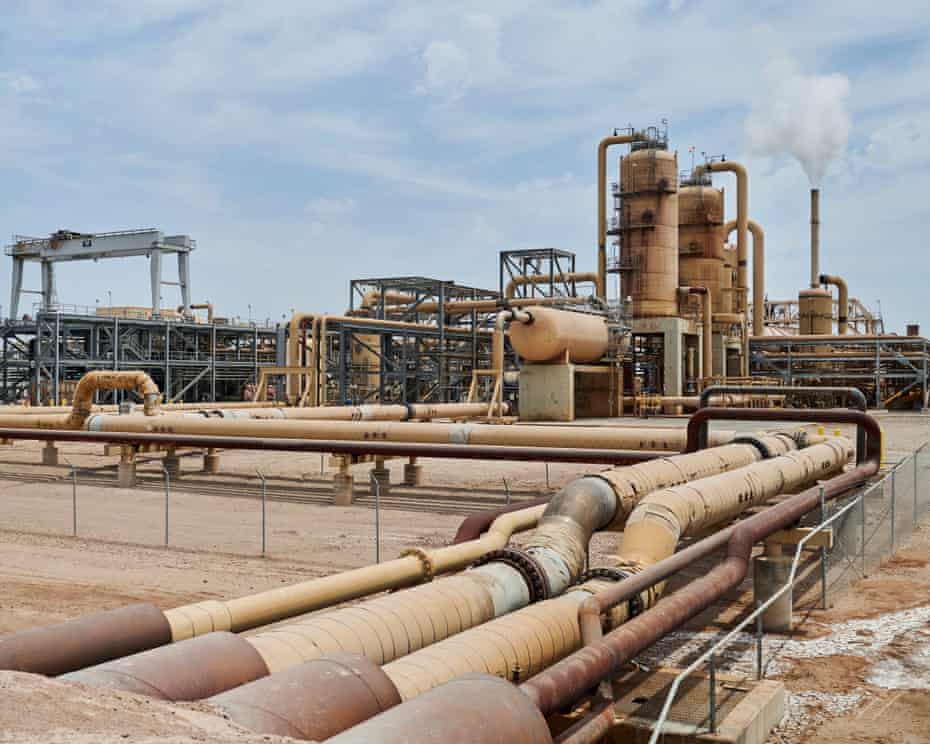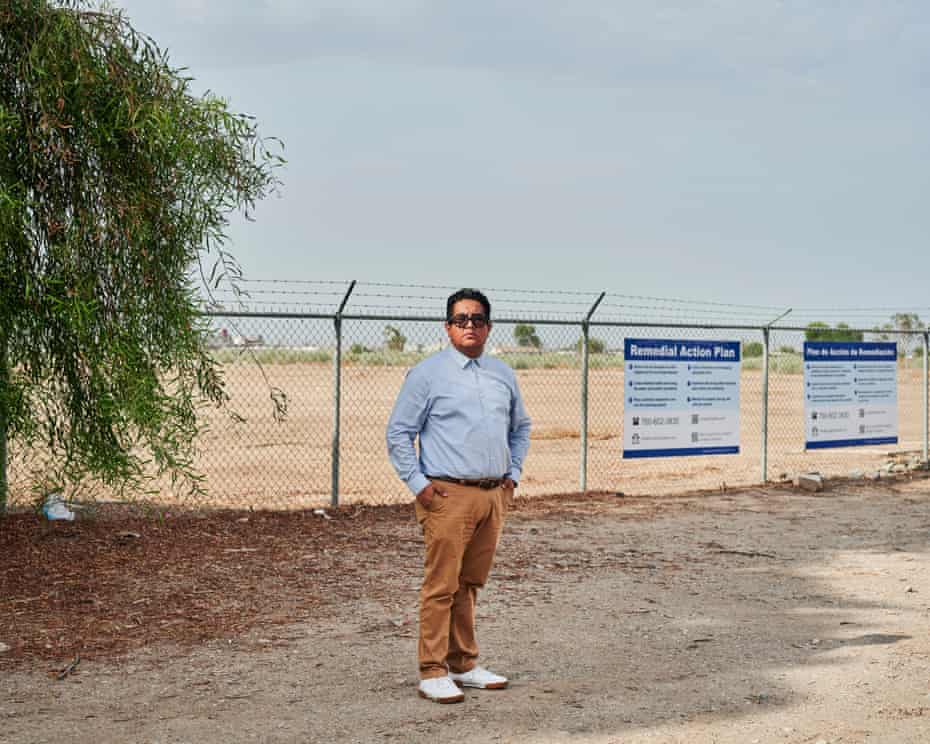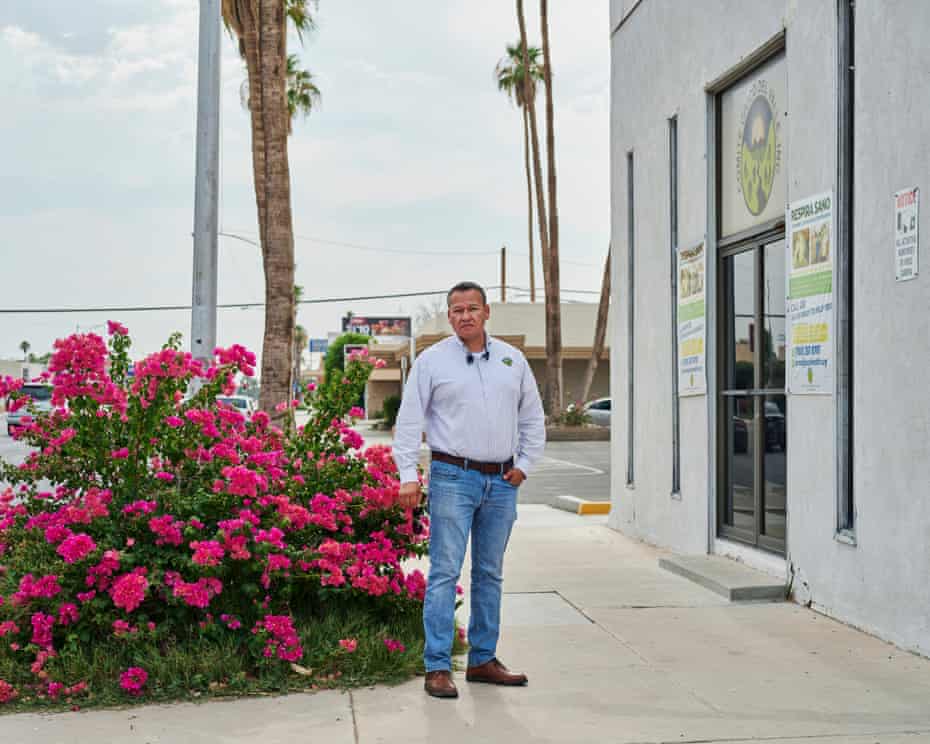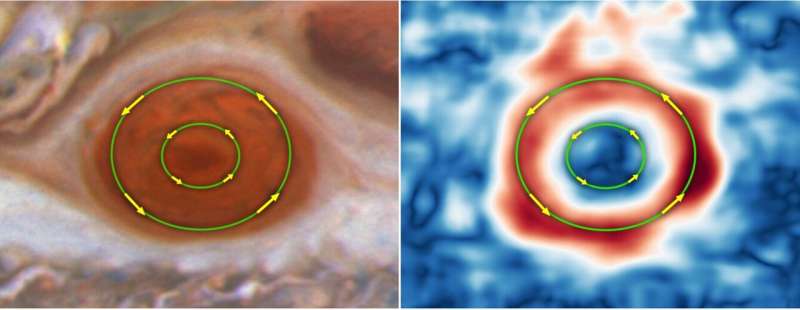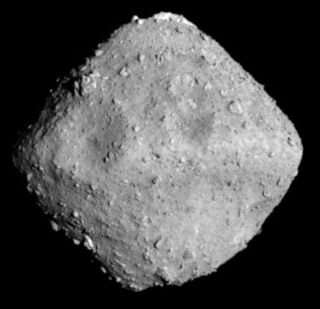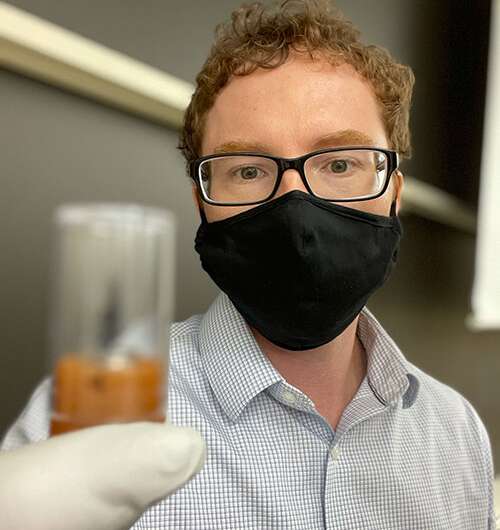ewu@insider.com (Ethan Wu)

Miami Mayor Francis Suarez told the Wall Street Journal he has been pitching miners on his city's nuclear plants and crypto friendliness.
In June, Suarez made a similar pitch to Chinese firms displaced by Beijing's mining ban.
Outside of Miami, too, miners are eyeing other opportunities to link with nuclear energy sources.
Concerns about bitcoin's heavy environmental impact are pushing miners toward carbon-free nuclear energy as cities like Miami look to capitalize on the trend, according to a Wall Street Journal report.
Miami Mayor Francis Suarez, who has fast become a beloved figure in crypto circles, told the Journal that he has been pitching bitcoin mining firms on his city's nuclear facilities and crypto friendliness.
A Miami-based nuclear plant owned by Florida Power & Light has been in talks with bitcoin miners over how to get ahold of cheap land near the facility to host mining rigs, Suarez told the Journal. He said worries about bitcoin's eco-unfriendliness "come from the fact that a lot of the mining was being done in coal-producing countries."
In June, Suarez made a similar pitch to Chinese firms displaced by Beijing's mining ban.
"The fact that we have nuclear power means that it's very inexpensive power," he told CNBC at the time. "We understand how important this is … miners want to get to a certain kilowatt price per hour."
While bitcoin mining is a highly energy-intensive activity, using nuclear power generates nearly zero carbon emissions or air pollution - presenting a seemingly tidy fix to a growing concern.
Outside of Miami, too, miners are eyeing other opportunities to link with nuclear energy sources.
Nuclear startup Oklo Inc. for example, has signed a 20-year deal to supply energy to Compass Mining through its mini reactor. Oklo CEO Jacob DeWitte told the Journal that he had received requests from other interested bitcoin miners, though federal approval is still forthcoming.
By Shoshana Wodinsky
Cryptocurrency mining is a wildly energy-intensive endeavor that doesn’t only pump out more carbon emissions than some small countries, but is quickly racking up a small mountain range’s worth of electronic waste.
Now, apparently, we can add radioactive waste to bitcoin’s list of unfortunate environmental side effects. According to the Wall Street Journal, a number of bitcoin miners are striking up deals with local nuclear power plants. While nuclear is a carbon-free source of power for mining rigs, there are likely better uses of those electrons.
A handful bitcoin miners have sought money-making deals with some of the country’s struggling nuclear power plants, the Journal writes. One company, the Pennsylvania-based Talen Energy Corp., told the paper that it recently entered a “joint venture” with TerraWulf, a bitcoin operation that bills itself as the answer to “next-generation zero-carbon bitcoin mining,” whatever that means. According to the report, TerraWulf’s new mining facility will be parked next to Talen’s Pennsylvania plant, and will also be the size of “four football fields.”
With the U.S. nuclear fleet floundering as reactors reach—and even pass—retirement age, bitcoin mining could offer a way to keep operating. There are other options, though, including state-led bailouts. That would keep emissions-free electricity floating as the world races to install enough renewables to clean up the grid.
Some states that tried to woo bitcoin miners in an attempt to boost their economies, and nuclear power has played a key role in the sales pitch. Noted bitcoin fanboy and mayor of Miami Francis Suarez, for example, confirmed to Bloomberg that his office had been approaching crypto-mining companies with the prospect of setting up their operations alongside South Florida’s Turkey Point nuclear power plant.
It’s worth noting here that last month, the South Florida Sun-Sentinel reported on Turkey Point’s many, many safety issues, which includes multiple staff members being fired over the past year for forging safety inspections. So, uh, godspeed to Suarez and his pitch.
Bitcoin has developed a reputation for guzzling electricity and relying on the cheapest available sources, many of which are often heavily polluting. China’s coal plants kept the GPUs churning for the majority of the world’s mining operations until the country began cracking down on bitcoin. Natural gas plants have recently become mining hubs in Upstate New York. Though it burns cleaner than coal in terms of carbon dioxide, gas is also a major source of methane, a more potent greenhouse gas the world’s leading scientists recently sounded the alarm about.
Nuclear power offers zero carbon emissions to generate the power, though other parts of the process are a source of emissions. It also produces radioactive waste, of which there’s roughly 85,000 metric tons in the U.S. Figuring out what to do with it is an ongoing issue.


